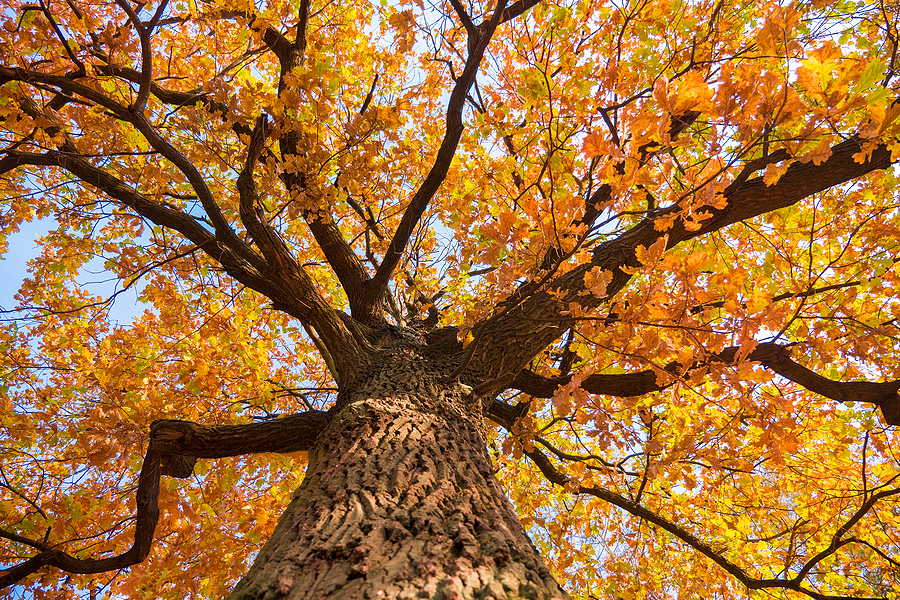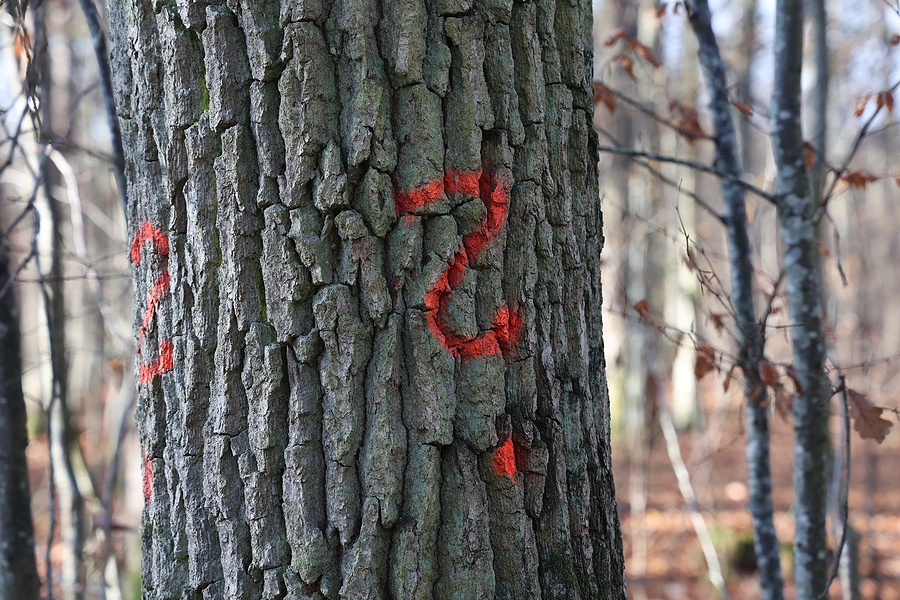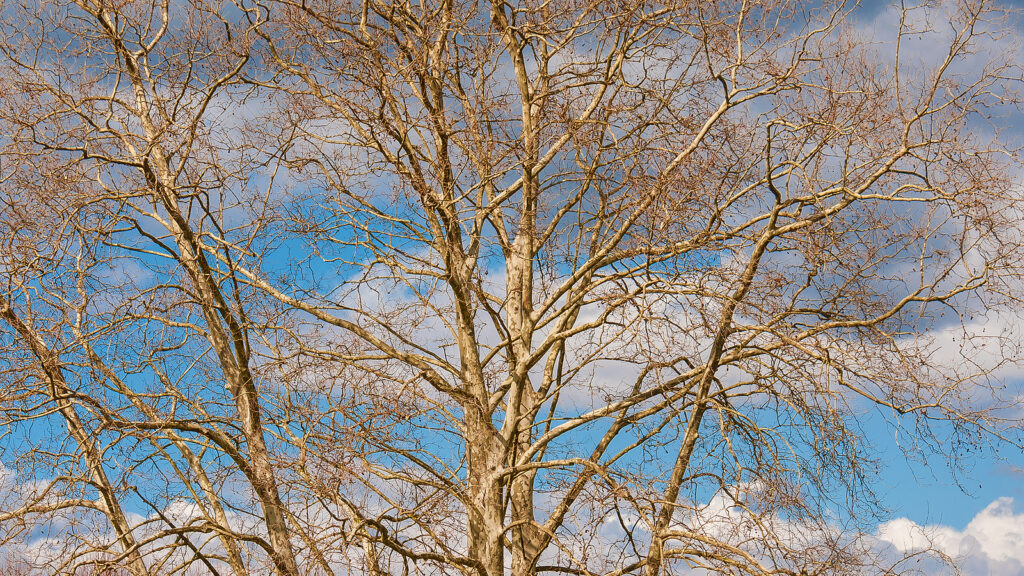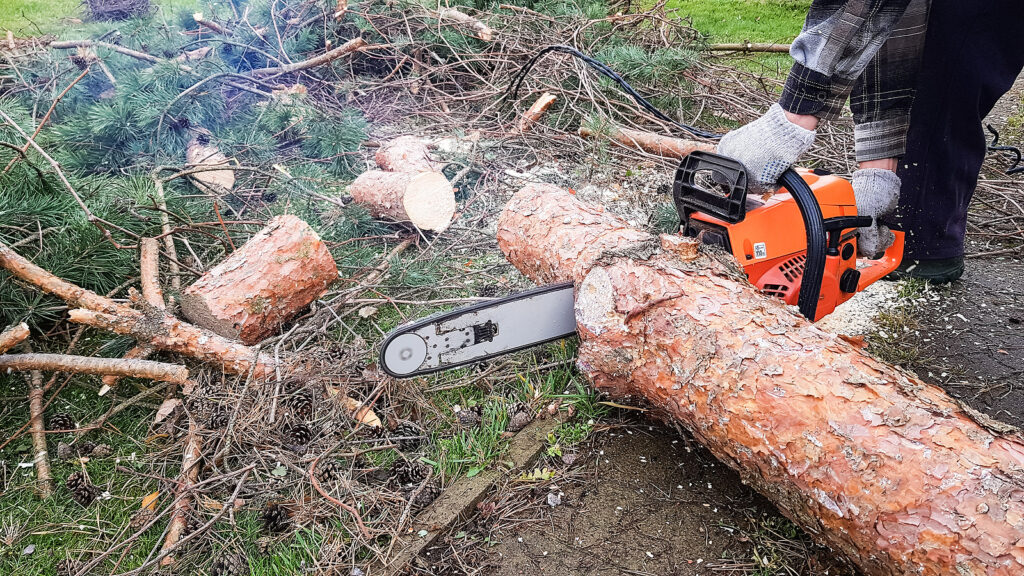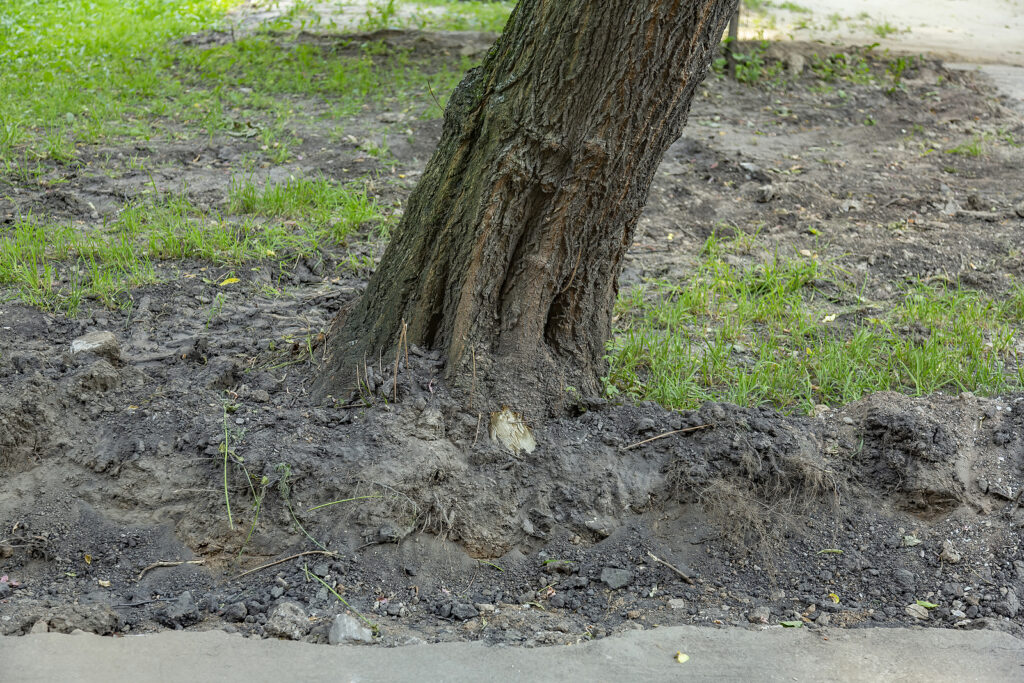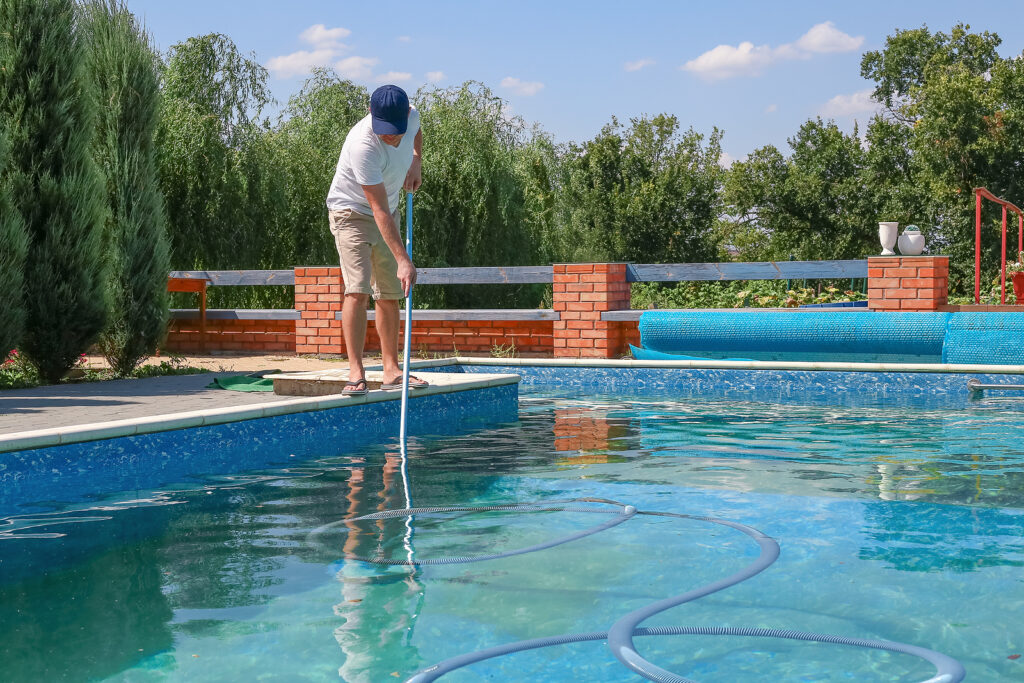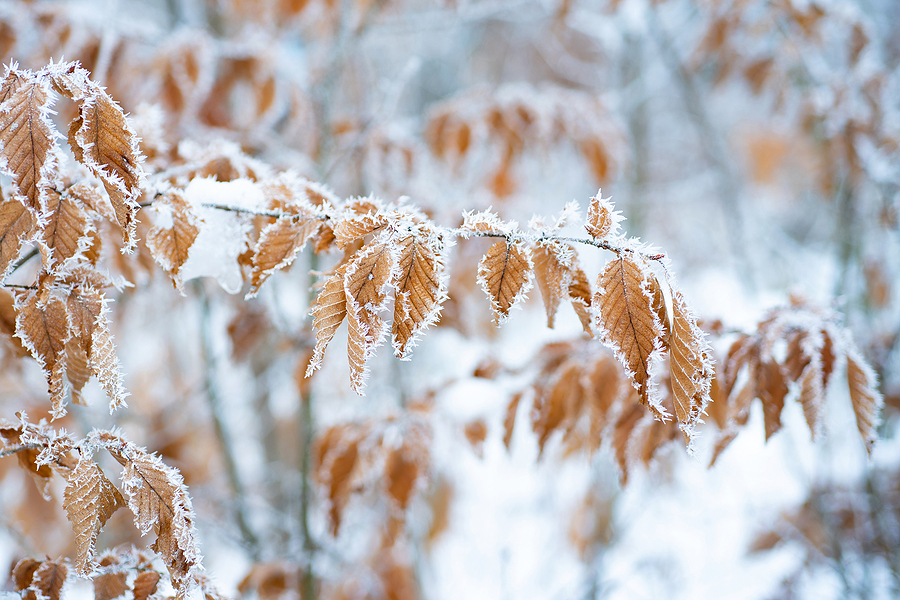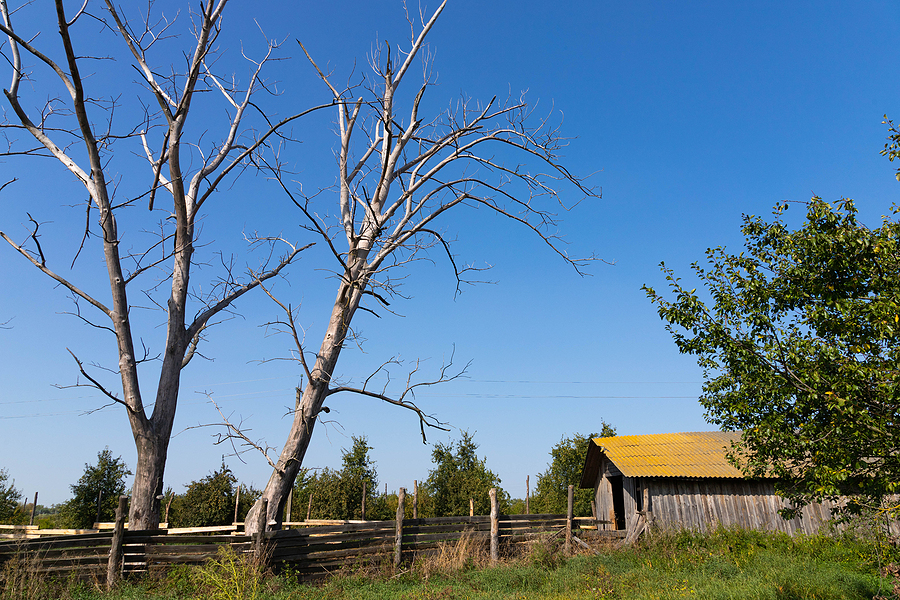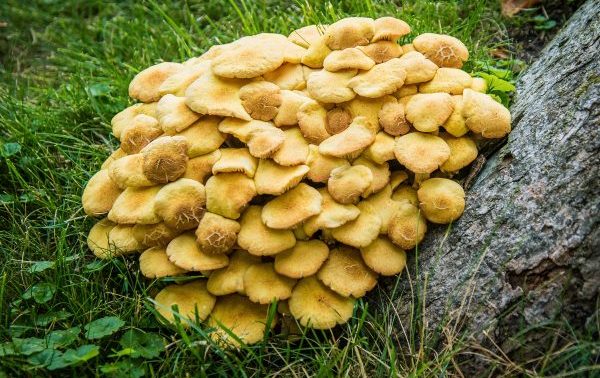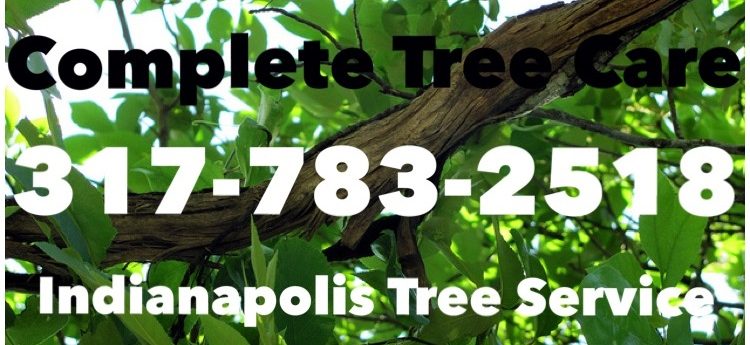Indiana is known for its lush forests and wide variety of trees. However, these trees can be vulnerable to a number of diseases that can cause serious damage if left untreated. Common tree diseases in Indiana include anthracnose, oak wilt, fire blight, Dutch elm disease, and Phytophthora root rot. Understanding the symptoms and causes of these diseases is key to protecting your trees from harm and preserving their beauty for years to come.
In this blog post, we will discuss the most common tree diseases affecting Indiana trees as well as how you can identify them and treat them effectively.
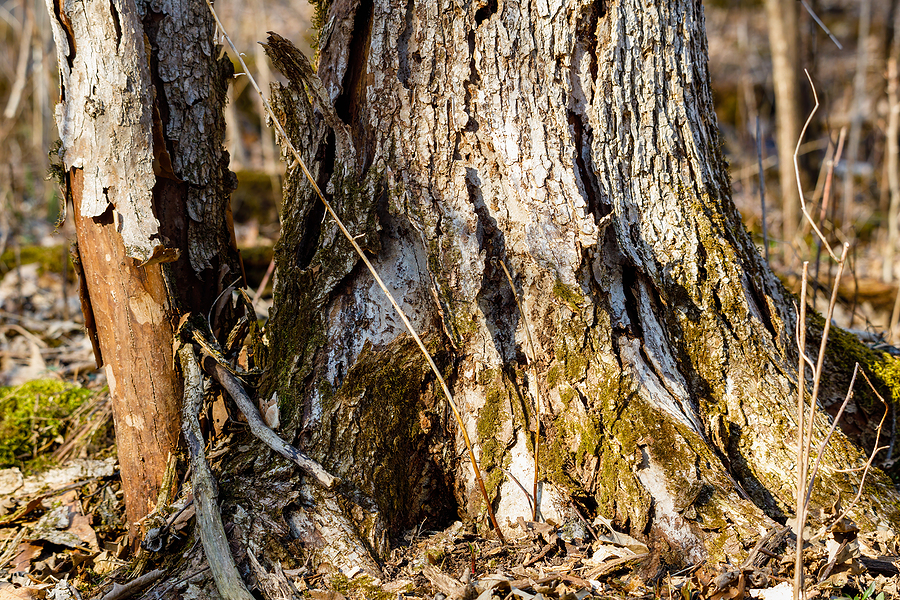
Indiana Tree Diseases and Treatments
Anthracnose
Anthracnose is a common fungal disease that affects many tree species in Indiana. It is caused by fungi that thrive on wet, humid weather and can cause deep, dark spots on leaves and twigs as well as leaf loss. Anthracnose can be treated with fungicides applied to the affected area or entire tree depending on how severe the infection is. It’s important to note that fungicides must be used carefully and according to instructions to avoid harming other organisms in your garden or landscape.
Oak Wilt
Oak wilt is another common tree disease found in Indiana, particularly affecting red oak species. Oak wilt is caused by a fungus which rapidly spreads from tree to tree through their root systems. Symptoms of oak wilt include yellowing, wilting and curling of foliage, as well as dieback of branches. Treatment for this disease requires injecting the tree with a fungicide or removing infected branches to prevent further spread.
Fire Blight
Fire blight is another destructive fungal disease that affects many fruit trees in Indiana. It is characterized by cankers on twigs and branches as well as blackening of fruit. Treatment for fire blight typically involves pruning away affected branches and applying a chemical solution to the tree to prevent further spread.
Dutch Elm
Dutch elm disease is another serious fungal infection that affects many species of elm trees in Indiana, particularly older trees. It is characterized by wilting and yellowing of leaves, as well as dieback of branches. Treatment for this disease requires pruning away infected branches and using a fungicide to prevent further spread.
Phytophthora
Phytophthora root rot is a fungal infection that causes severe damage to tree roots. Symptoms include wilting and yellowing of foliage, as well as dieback of branches. Treatment typically involves removing affected roots and applying a fungicide to the tree or soil to prevent further spread.
Routine Tree Care is Key
Tree care is essential in order to keep your trees healthy and beautiful. It’s important to check your trees regularly for signs of disease and act quickly if any are spotted. While it may be tempting to try and treat tree diseases yourself, it’s important to seek professional help in order to ensure the best results and prevent further damage. A qualified arborist can inspect your trees for any signs of disease, recommend an appropriate treatment plan and provide advice on how to best care for your trees.
Protect Indiana’s Trees
Protecting Indiana’s treasured forests is essential to maintaining the state’s natural beauty. By recognizing common tree diseases and taking steps to prevent and treat them, you can help ensure that our forests remain healthy and vibrant for years to come.
Are you having trouble keeping your trees healthy year-round? Contact Complete Tree Care at 317-783-2518 to get advice from a certified arborist in Indianapolis, Indiana. We serve residential and commercial clients with comprehensive tree care solutions.
Related Posts:
Top 3 Winter Tree Damages and How to Prevent Them
Tree Bark Damage Solutions for Indiana
Is My Tree Dead or Diseased?

